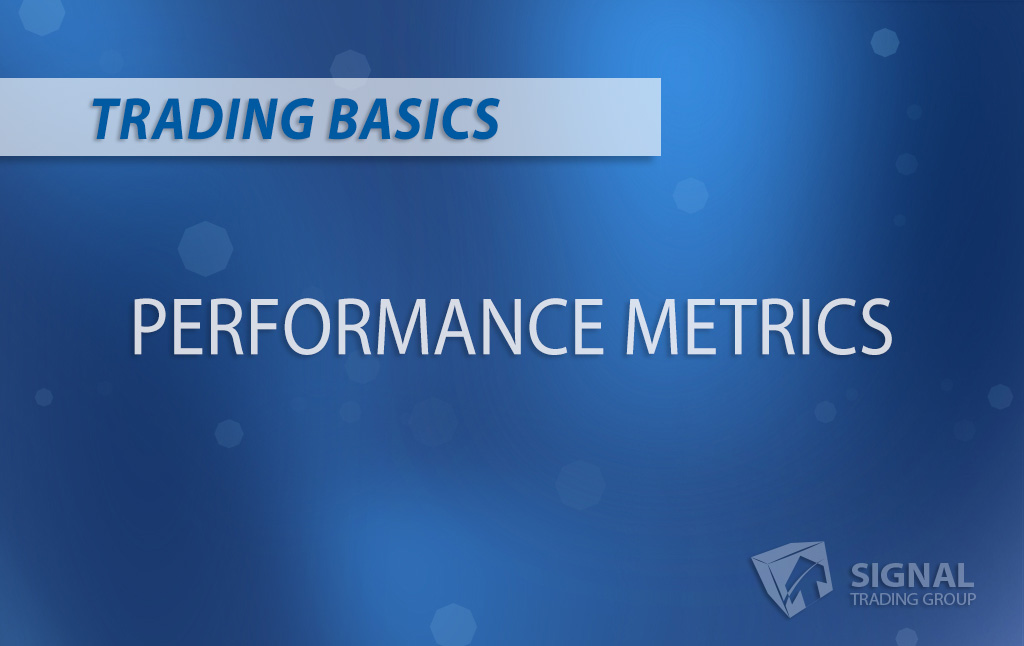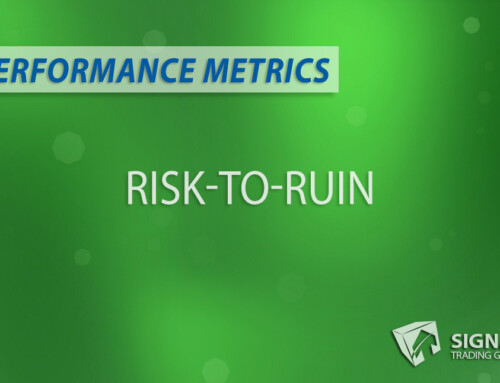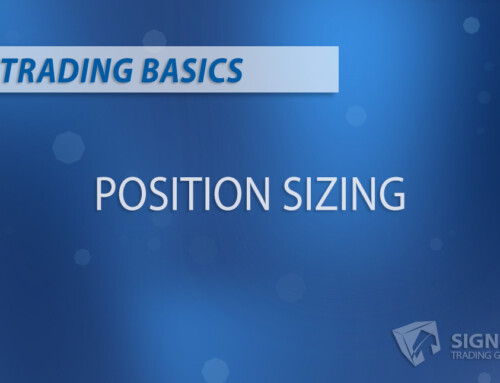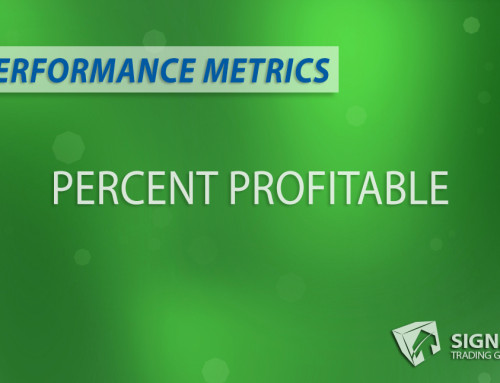Top Ten Trading System Evaluation Metrics
Successful trading requires an effective and consistent trading strategy. However, developing this winning formula can only be challenging with adequately measuring and evaluating your system’s performance. Understanding which metrics to utilize when examining your trading system is vital to optimizing your trading approach continually. This post will delve into the top ten trading system evaluation metrics commonly found in TradeStation performance reports. By measuring these key metrics, traders can gain valuable insights into their strategy’s effectiveness and take steps to improve its profitability.
Why Trading System Evaluation Matters
Before jumping into each metric, it’s essential to grasp the significance of trading system evaluation in pursuing consistent profits. A trading system is a set of rules and procedures based on technical analysis, fundamental analysis, and risk management techniques. Evaluating this system allows traders to identify strengths and weaknesses in their approach, adjust strategies when necessary, and gain insights into the potential profit and risk associated with their trades.
With proper evaluation, traders may be aware of the current performance of their system, leading to overconfidence or discouragement. Regular monitoring of trading metrics helps traders understand their systems better and make informed decisions to achieve long-term success.
Top Ten Trading System Evaluation Metrics
The following are the top ten trading system evaluation metrics found in TradeStation performance reports:
- Profit Factor: The profit factor compares the total gross profit to the total gross loss. A profit factor greater than 1 signifies a profitable system, while a value below 1 indicates a losing trading strategy.
- AWAL Ratio: This metric calculates the average profit per winning trade divided by the average loss per losing trade. A higher reward-to-risk ratio implies that potential gains outweigh losses.
- RINA Index: This unique metric evaluates trading systems using a combination of metrics, including select net profit, maximum drawdown, and time in the market. It provides traders with a holistic view of their system’s performance.
- Maximum Drawdown: This is the maximum percentage decline in account equity from a peak to a subsequent trough during a particular period. Lower maximum drawdowns typically signal a less risky trading system, while higher values may suggest higher volatility and potential risk.
- Average Trade: The average trade metric calculates the mean net profit per trade. A higher average trade value often signifies a consistent and stable trading system.
- Expectancy: The average net profit or loss a trader can expect from each trade. A positive expectancy suggests the trading system is likely to generate profits, while a negative expectancy indicates losing trades.
- Percent Time in the Market: This metric measures the fraction of time your system is actively trading. Higher percentages typically indicate a more active and aggressive trading style, while lower figures reflect a passive approach.
- Sharpe Ratio: This evaluation metric measures the risk-adjusted performance of a trading system by comparing its returns to the risk-free rate, adjusting for standard deviation (volatility). A higher Sharpe ratio signals a better risk-adjusted return.
- Winning Percentage: This metric represents the ratio of winning trades to total trades expressed as a percentage. A higher winning percentage demonstrates greater consistency in generating profitable trades but doesn’t necessarily indicate higher overall profitability.
- Max Consecutive Loss: This metric measures the maximum number of losing trades in a row. Higher values usually indicate higher volatility and potential risk, while lower values signify greater consistency.
By understanding and tracking these top ten metrics, traders can gain valuable insights into their trading systems and make informed decisions to optimize performance. However, it’s important to remember that no single metric tells the entire story: consider multiple metrics in the context of your overall trading strategy when evaluating your system. With a thorough understanding of these metrics, traders can gain valuable insights into their system’s performance and take steps to improve it for greater success.





